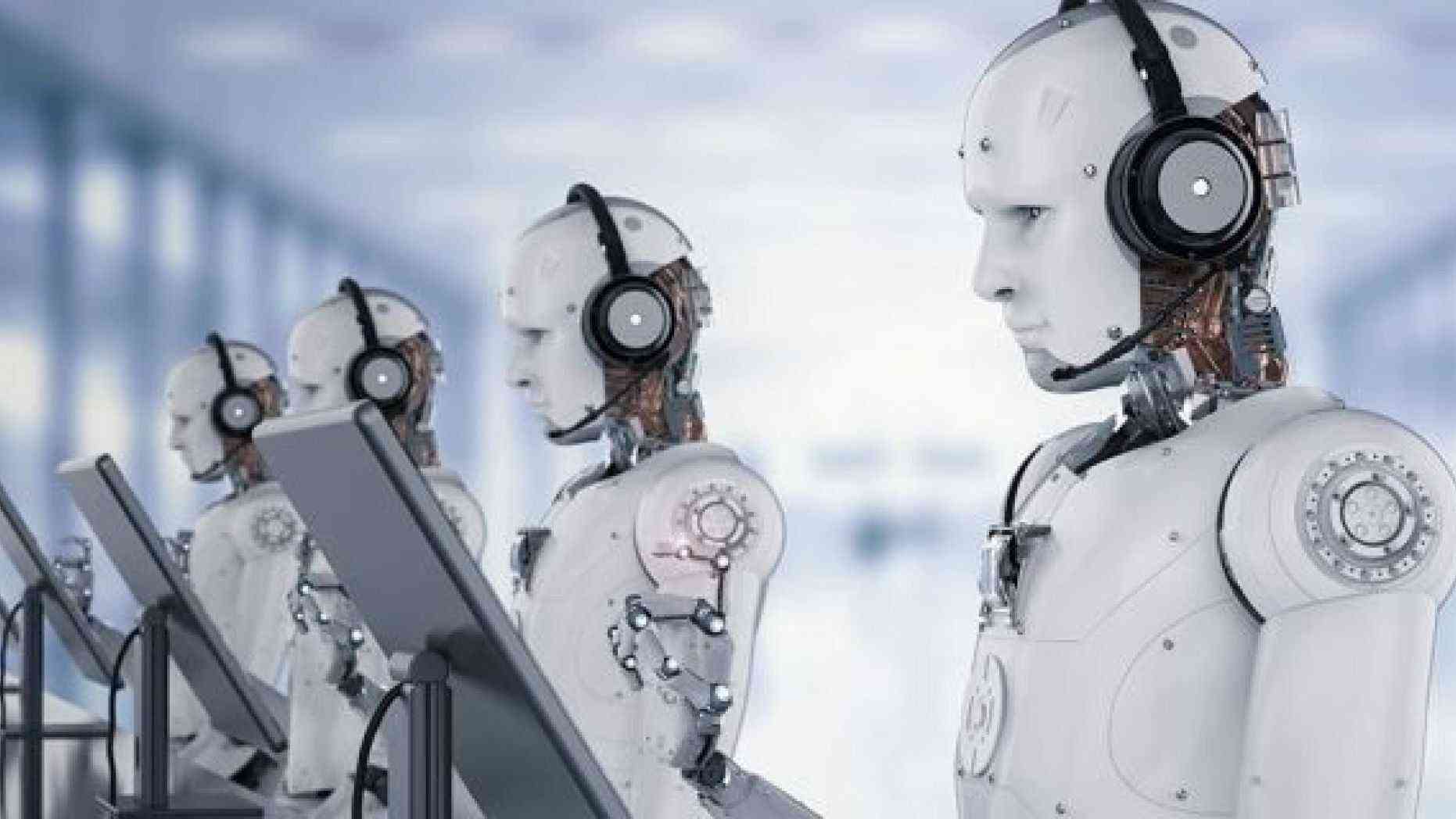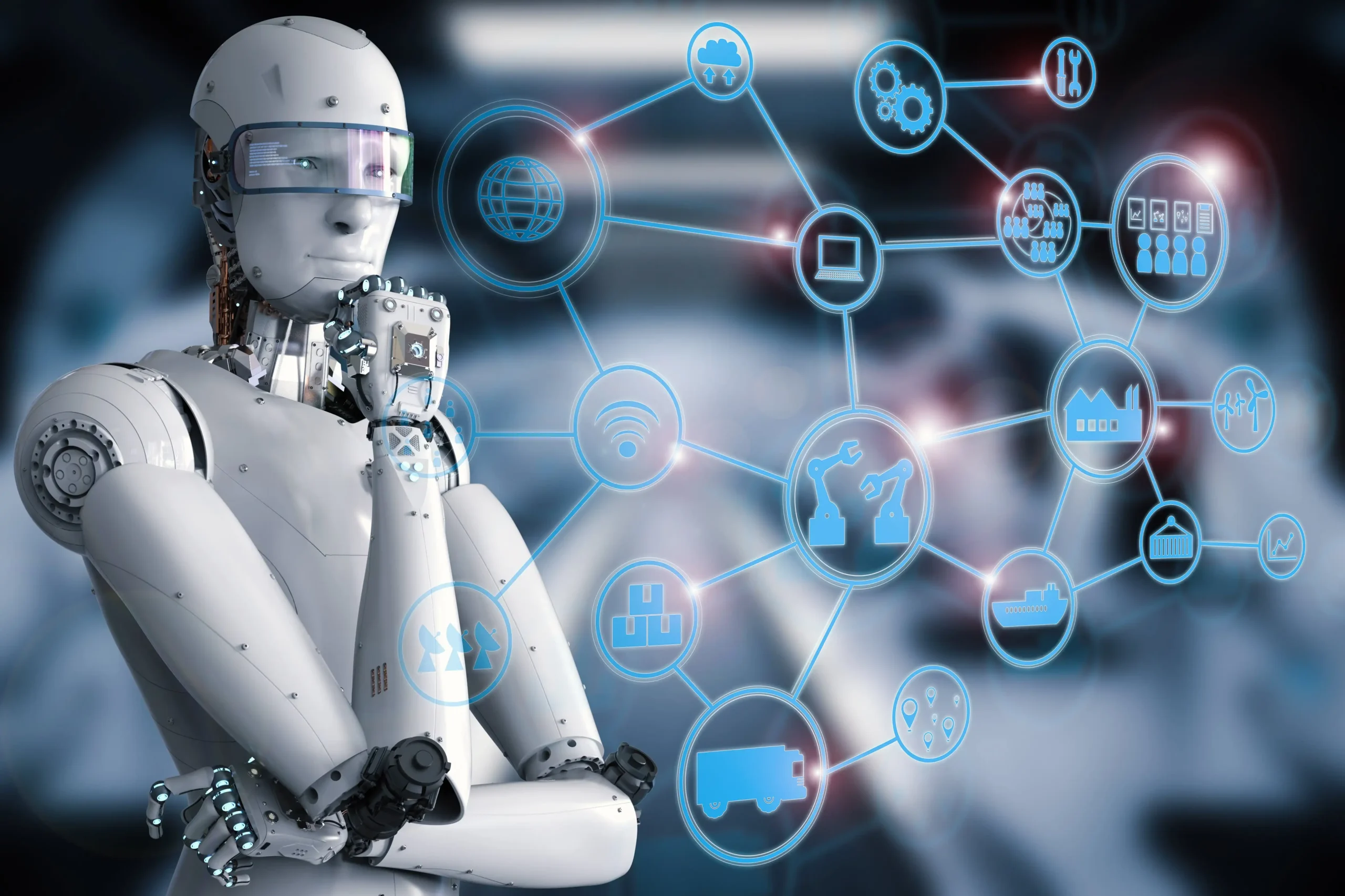Shark AI Robot The depths of our oceans have long remained shrouded in mystery, largely inaccessible to humans. However, in recent years, technology has advanced to such a degree that we can now explore and understand the ocean’s secrets like never before. One remarkable innovation leading the charge in ocean exploration is the Shark AI Robot. This cutting-edge underwater Shark AI Robot is poised to revolutionize the way we study marine life, monitor ocean health, and contribute to the conservation of our planet’s most precious resource.
The Birth of Shark AI Robot
Contents
The Shark AI Robot is the brainchild of a collaborative effort between marine biologists, engineers, and artificial intelligence experts. Its development was driven by the need to address the challenges associated with underwater research, which traditionally required costly and time-consuming human divers or submersibles. Inspired by the elegant and efficient movements of sharks, the robot was designed to navigate the ocean’s depths with grace and precision.
Key Features
- Biomimetic Design: One of the standout features of the Shark AI Robot is its biomimetic design. It closely mimics the swimming patterns and movements of real sharks, allowing it to blend seamlessly into marine environments. This design not only makes it less disruptive to marine life but also enables it to collect data from a variety of species without causing distress.
- Advanced Sensors: Equipped with an array of sensors, the Shark AI Robot can monitor a wide range of environmental factors, including water temperature, salinity, acidity, and pollution levels. These sensors provide invaluable data for scientists studying climate change and its impact on marine ecosystems.
- Artificial Intelligence: The heart of the Shark AI Robot lies in its sophisticated artificial intelligence (AI) system. This AI enables the robot to make real-time decisions, adapt to changing conditions, and optimize its movements for data collection. It can identify and track marine species, helping researchers gather data on their behavior and population trends.
Applications
- Marine Research: The Shark AI Robot is a game-changer for marine biologists. It can collect data on marine life and their habitats in ways that were previously impossible. Researchers can study the behavior of elusive species, track migrations, and gain insights into the complex ecosystems of the ocean.
- Ocean Conservation: By monitoring water quality and pollution levels, the contributes to ocean conservation efforts. Its data can help identify areas in need of protection and track the effectiveness of conservation measures.
- Disaster Response: The robot can be deployed in the aftermath of natural disasters such as oil spills or hurricanes to assess environmental damage and aid in cleanup efforts. Its ability to navigate hazardous conditions makes it an invaluable tool in disaster response.
Shark AI Robot Challenges and Future Developments
While the Shark AI represents a significant leap forward in ocean exploration and conservation, it is not without its challenges. Maintenance and deployment costs remain high, and ongoing efforts are needed to refine its AI algorithms and improve its durability in harsh ocean environments.
In the future, researchers and engineers aim to make the robot more affordable and accessible, allowing a broader range of organizations to benefit from its capabilities. Additionally, improvements in battery technology and AI algorithms will extend its operational range and increase its data-gathering capabilities.
The Shark AI is a testament to human innovation and our commitment to understanding and preserving our planet’s oceans. By mimicking nature and harnessing artificial intelligence, this remarkable robot has the potential to revolutionize marine research, ocean conservation, and disaster response efforts. As we continue to unlock the mysteries of the deep, the stands as a symbol of hope for a more sustainable and informed future for our oceans.







